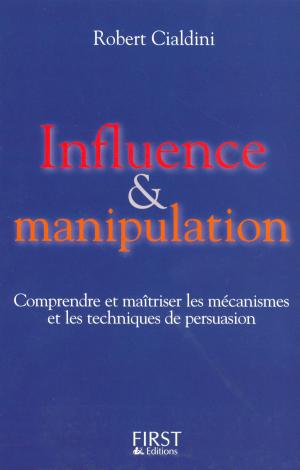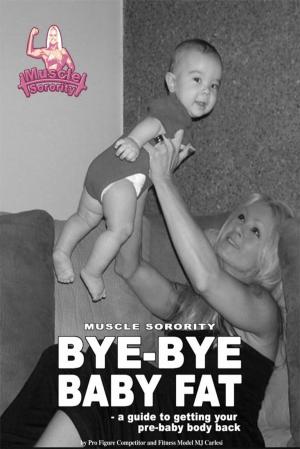| Author: | Geoff Herridge | ISBN: | 9781311457417 |
| Publisher: | Geoff Herridge | Publication: | October 30, 2015 |
| Imprint: | Smashwords Edition | Language: | English |
| Author: | Geoff Herridge |
| ISBN: | 9781311457417 |
| Publisher: | Geoff Herridge |
| Publication: | October 30, 2015 |
| Imprint: | Smashwords Edition |
| Language: | English |
Dogs have been known as man's best friend for many years. A dog’s love, companionship and loyalty do not waver through its relationship with us. They do not have days where they do not want to have anything to do with us, loose respect or pick up any mistakes and faults that may have occurred on that day. Dogs are required to keep their relationship with us in good working order. It takes effort, work and some understanding by dogs to achieve an appropriate level of domestic behaviour. They wish to please their owner and they come to understand what standards are required to achieve this level of relationship.
Dogs don't see a broken arm or a missing leg or a scar and do not make judgments about people based on looks or level of wealth. They don't expect anything from us except unconditional love, and they respond accordingly. If a dog becomes lazy and rebels against any reasonable behavioural expectations it has learnt, then its owner may tire of this and possibly trade it in as unmanageable.
Many relationships head down this same path and partners are traded in for someone else who appears to offer something better. We all enter into relationships full of promise and hope – ‘till death us do part’ is the classic wedding phrase encompassing the idea that our relationship will last a lifetime. It takes commitment to keep a relationship at the level of contentment that both partners enjoy.
While humans are more complicated, sophisticated, and emotional than dogs, the behavioural characteristics of a dog’s life can parallel with our own lives. They can provide a very positive guide for us to use in both our own personal development as well as within our personal relationships. Characteristics discussed in this book include trust, loyalty, living in the present, using the five senses, the simple life, play, and making and feeling the connection.
Blending the ideas from this book into our behaviour will also assist us to become socially skilled and adaptable. Our relationship with people in general and more specifically our partner becomes easier as we reduce the possibility of conflict, negativity and stress. Our interactions are far more positive; a behaviour which feeds on itself and becomes self-fulfilling as we take the initiative wherever possible in confidently connecting with our partner.
Understanding our partner and our relationship will provide us we have a better chance of tuning into them as a unique individual and accepting them for what they are. Through this we are able to connect with our partner. This shared connection means there is more likely to be cooperation in our relationship as we both feel positive and affectionate towards each other. Cooperation will lead to both of us heading in the same direction.
As the ideas presented in this book become part of our sub conscious, our interactions in a socially intelligent way will become automatic. We can think appropriately on our feet, rather than having to constantly check ourselves or, at worst, apologise regularly for our actions. Connecting with our partner becomes natural, and it will bring an increased joy to us and the people we associate with. If this book achieves its purpose, we can thank our little canine friends who have (inadvertently) charted a course for us to follow.
Dogs have been known as man's best friend for many years. A dog’s love, companionship and loyalty do not waver through its relationship with us. They do not have days where they do not want to have anything to do with us, loose respect or pick up any mistakes and faults that may have occurred on that day. Dogs are required to keep their relationship with us in good working order. It takes effort, work and some understanding by dogs to achieve an appropriate level of domestic behaviour. They wish to please their owner and they come to understand what standards are required to achieve this level of relationship.
Dogs don't see a broken arm or a missing leg or a scar and do not make judgments about people based on looks or level of wealth. They don't expect anything from us except unconditional love, and they respond accordingly. If a dog becomes lazy and rebels against any reasonable behavioural expectations it has learnt, then its owner may tire of this and possibly trade it in as unmanageable.
Many relationships head down this same path and partners are traded in for someone else who appears to offer something better. We all enter into relationships full of promise and hope – ‘till death us do part’ is the classic wedding phrase encompassing the idea that our relationship will last a lifetime. It takes commitment to keep a relationship at the level of contentment that both partners enjoy.
While humans are more complicated, sophisticated, and emotional than dogs, the behavioural characteristics of a dog’s life can parallel with our own lives. They can provide a very positive guide for us to use in both our own personal development as well as within our personal relationships. Characteristics discussed in this book include trust, loyalty, living in the present, using the five senses, the simple life, play, and making and feeling the connection.
Blending the ideas from this book into our behaviour will also assist us to become socially skilled and adaptable. Our relationship with people in general and more specifically our partner becomes easier as we reduce the possibility of conflict, negativity and stress. Our interactions are far more positive; a behaviour which feeds on itself and becomes self-fulfilling as we take the initiative wherever possible in confidently connecting with our partner.
Understanding our partner and our relationship will provide us we have a better chance of tuning into them as a unique individual and accepting them for what they are. Through this we are able to connect with our partner. This shared connection means there is more likely to be cooperation in our relationship as we both feel positive and affectionate towards each other. Cooperation will lead to both of us heading in the same direction.
As the ideas presented in this book become part of our sub conscious, our interactions in a socially intelligent way will become automatic. We can think appropriately on our feet, rather than having to constantly check ourselves or, at worst, apologise regularly for our actions. Connecting with our partner becomes natural, and it will bring an increased joy to us and the people we associate with. If this book achieves its purpose, we can thank our little canine friends who have (inadvertently) charted a course for us to follow.















